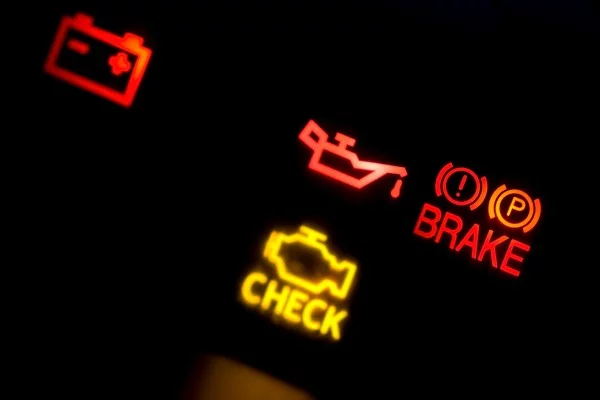
The oxygen sensor in your car resides in your exhaust manifold and is used to detect components of your exhaust (including oxygen!) that helps your car monitor its performance. Your oxygen sensor’s readings are transmitted to your engine, in real time, and helps your car determine its fuel-to-air ratio in order to maximize its performance.
Failing oxygen sensors were the most common repair performed by North American automotive mechanics for the 5th year in a row, with cars older than 10 years constituting most repairs. Understanding when you should repair your oxygen sensor is important if you drive an older car. Most automotive manufacturers recommend replacing the oxygen sensor in your car every 100,000 km to 150,000 km.
Here are 3 signs of a failing oxygen sensor:
1. Check Engine Light Is On
Normally, if your oxygen sensor is malfunctioning, your check engine light will turn on. Instead of ignoring your check engine light, get an inspection from a licensed mechanic as soon as possible. If you drive an older car (10+ years, or above 150,000 km) it is very likely that your check engine light is signalling a faulty oxygen sensor.
2. Increased exhaust emissions
Your oxygen sensor determines the optimal air-to-fuel ratio for your engine by monitoring your emissions in real-time. If your oxygen sensor begins to malfunction, then your engine may be operating at sub-optimal air-to-fuel ratios, which can cause an increase in your exhaust emissions.
3. Bad performance
Your car may misfire or experience hesitation and stalling. Most cars default to the factory air-to-fuel ratio if the oxygen sensor fails, which can cause problems because of non-standard temperature, moisture, or air composition. If your oxygen sensor is failing, then its readings will be inaccurate, again, resulting in a sub-optimal fuel-to-air composition.
Your car’s performance isn’t the only thing that is harmed by a malfunctioning oxygen sensor - it can do damage to the environment as your car’s emissions will increase drastically. Your oxygen sensor will wear naturally after a certain mileage, so if you see any of the above symptoms, ensure that a licensed technician takes a look at it.
If you’d like a licensed technician to come to you, Fiix can perform oxygen sensor replacements at your work or home, for 30% less than a garage. Simply send us a message on our live chat, email us at help@fiix.io, or give us a call at 647-361-4449 today!



